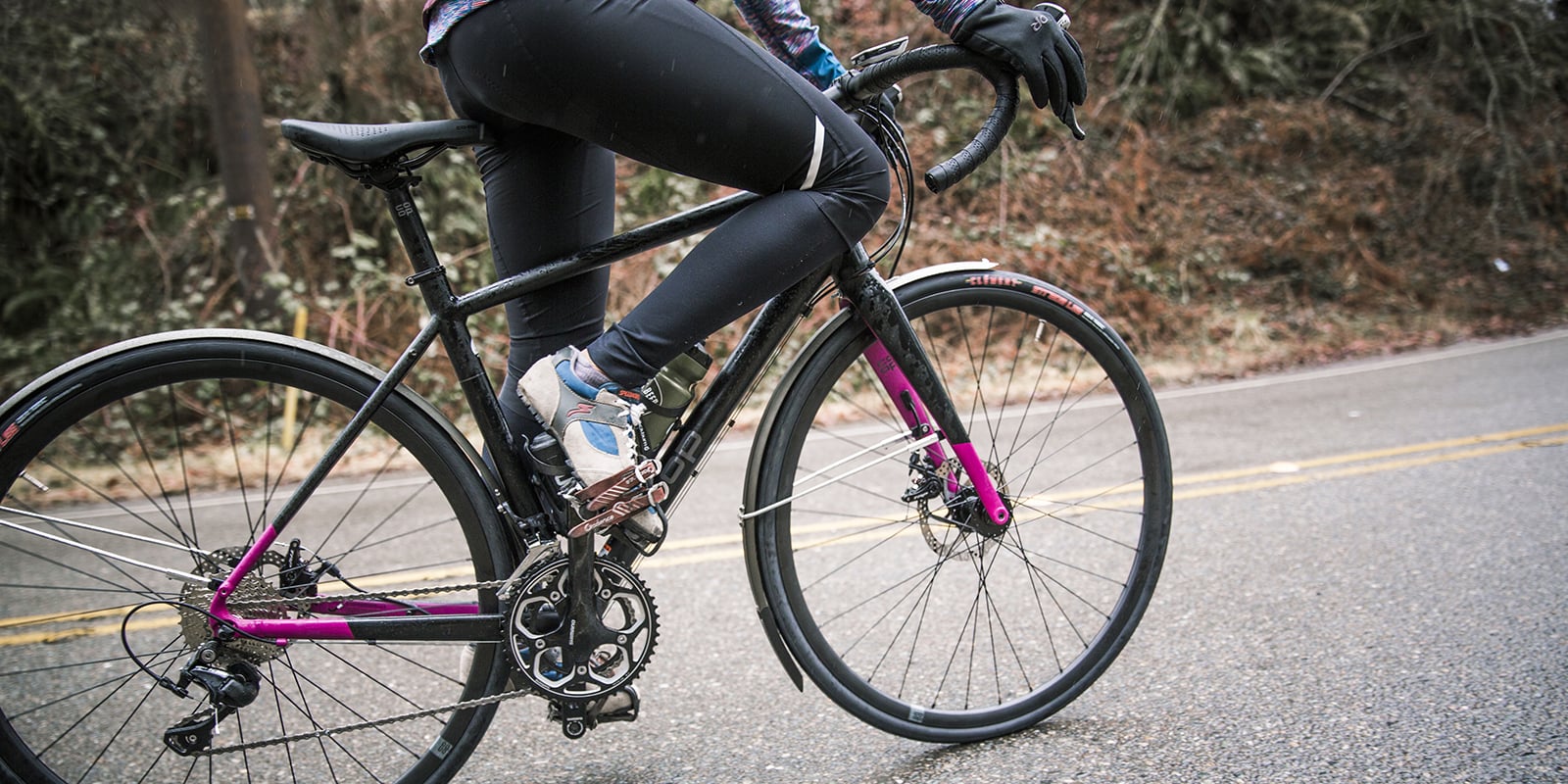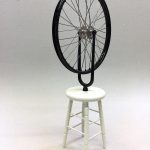The correct bicycle riding position is crucial for maximizing comfort, efficiency, and performance while cycling. An improper riding position can lead to discomfort, fatigue, and even injury over time. Therefore, understanding the key components of a proper riding position is essential for cyclists of all skill levels. By focusing on elements such as saddle height, handlebar position, and body posture, riders can enhance their overall experience and avoid potential issues. Consequently, this guide provides a detailed overview of the various aspects of achieving the correct bicycle riding position.
Importance of Proper Riding Position
A proper riding position offers numerous benefits that extend beyond mere comfort. Understanding its importance helps cyclists recognize the value of spending time to adjust their setups. Therefore, exploring the critical aspects of a proper riding position ensures a safer and more enjoyable cycling experience.

Enhancing Comfort
One of the primary benefits of the correct bicycle riding position is enhanced comfort. By ensuring that the saddle, handlebars, and pedals are properly aligned, cyclists can avoid unnecessary strain on their muscles and joints. A comfortable riding position reduces the likelihood of developing aches and pains, allowing riders to enjoy longer and more pleasant rides. Additionally, comfort plays a significant role in maintaining motivation and enthusiasm for cycling. Therefore, prioritizing comfort is crucial for an enjoyable and sustainable riding experience.
Maximizing Efficiency
Another vital aspect of the correct riding position is maximizing efficiency. Proper alignment of the body enhances the biomechanical efficiency of pedaling, allowing cyclists to generate more power with less effort. Efficient pedaling reduces energy expenditure, enabling cyclists to ride longer distances without fatigue. Furthermore, an efficient riding position minimizes wind resistance, contributing to improved speed and performance. Therefore, maximizing efficiency through the correct riding position is essential for achieving optimal cycling performance.
Key Components of the Correct Riding Position
Achieving the correct bicycle riding position involves adjusting various components to suit individual body dimensions and preferences. Each component plays a critical role in ensuring comfort, efficiency, and performance. Therefore, understanding these key components is essential for achieving the ideal riding position.
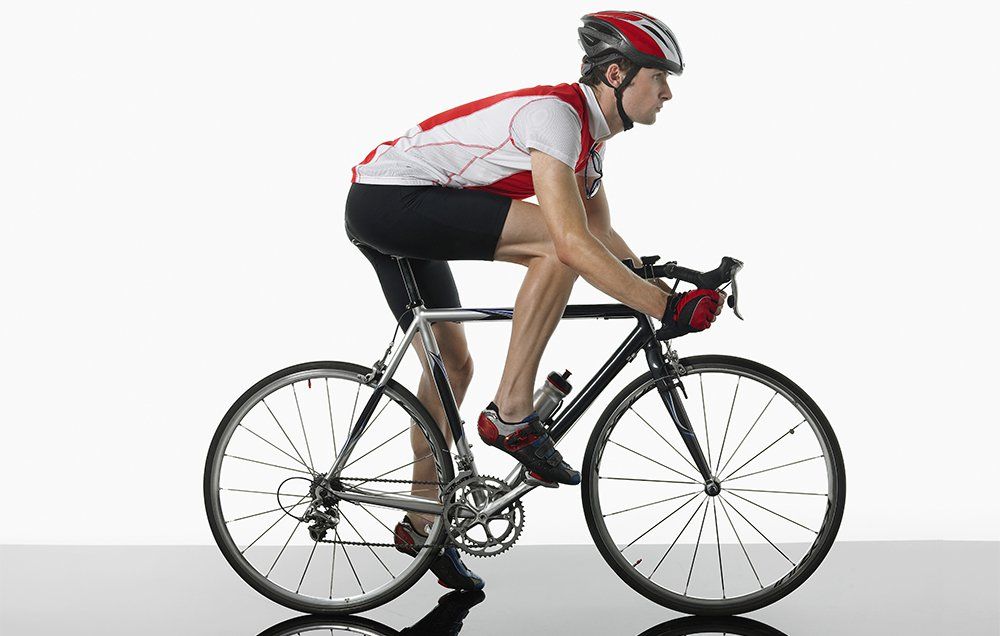
Saddle Height
Saddle height is one of the most crucial adjustments for a proper riding position. An incorrectly adjusted saddle can lead to discomfort and inefficient pedaling. To determine the correct saddle height, follow these steps: Start by standing next to your bike and aligning the saddle with your hip bone. When seated on the bike, place the heel of one foot on the pedal at the bottom of the pedal stroke. Your leg should be fully extended with a slight bend at the knee. Make slight adjustments to the saddle height until you achieve this position. Ensuring your saddle is at the correct height promotes comfort and efficient pedaling. Therefore, adjusting the saddle height is a fundamental step in achieving the correct riding position.
Handlebar Position
The handlebar position is another critical aspect of the correct riding position. Handlebar height and reach significantly impact comfort and control. To determine the optimal handlebar height, start by adjusting the handlebars to a position level with the saddle or slightly lower, depending on your riding style. For road cyclists seeking an aerodynamic position, lower handlebars are preferable. Conversely, recreational or commuter cyclists may prefer higher handlebars for an upright and relaxed posture. Ensure that the reach allows you to grip the handlebars comfortably without overstretching. Proper handlebar position promotes better control and reduces strain on the neck, shoulders, and back. Therefore, adjusting the handlebar position is essential for a comfortable and efficient riding experience.
Body Posture and Positioning
Beyond adjusting the bike components, achieving the correct riding position also involves maintaining proper body posture. Focusing on body positioning helps avoid strain and enhances overall performance. Therefore, understanding how to maintain proper body posture is fundamental for an ideal riding position.
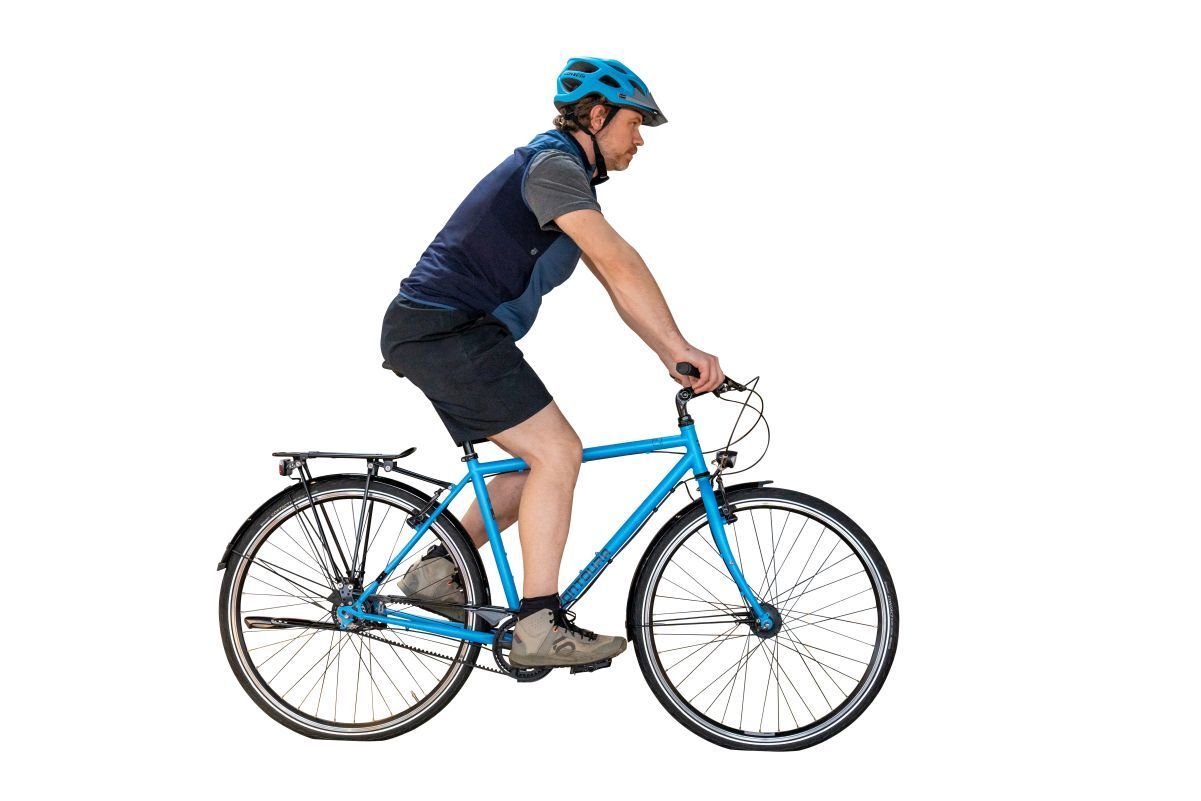
Upper Body and Shoulders
Proper upper body and shoulder positioning are vital for a comfortable and efficient ride. When gripping the handlebars, keep your elbows slightly bent to absorb road vibrations and shocks. This position helps maintain stability and control while reducing the strain on your arms. Your shoulders should remain relaxed, avoiding tension or hunching, which can lead to discomfort and fatigue. Maintaining a natural bend in your elbows and relaxed shoulders promotes a smooth and controlled ride. Therefore, emphasizing proper upper body and shoulder positioning is crucial for a comfortable cycling experience.
Hips and Lower Body
Proper positioning of the hips and lower body is equally important for an optimal riding position. When seated on the bike, your hips should remain stable without excessive rocking or shifting. Focus on maintaining a steady, upright position with your pelvis aligned. Your knees should track in line with your feet and pedal axle, avoiding lateral movements that can cause strain. Additionally, ensure your pedal stroke is smooth and consistent, utilizing the full range of motion. Proper hip and lower body positioning enhances pedal efficiency and reduces the risk of injury. Therefore, maintaining proper alignment of the hips and lower body is essential for achieving an optimal riding position.
Common Mistakes and How to Avoid Them
Despite best efforts, cyclists may still encounter common mistakes when attempting to achieve the correct riding position. Understanding these mistakes and their solutions can help prevent discomfort and inefficiency. Therefore, exploring common mistakes and their remedies ensures a more effective riding experience.
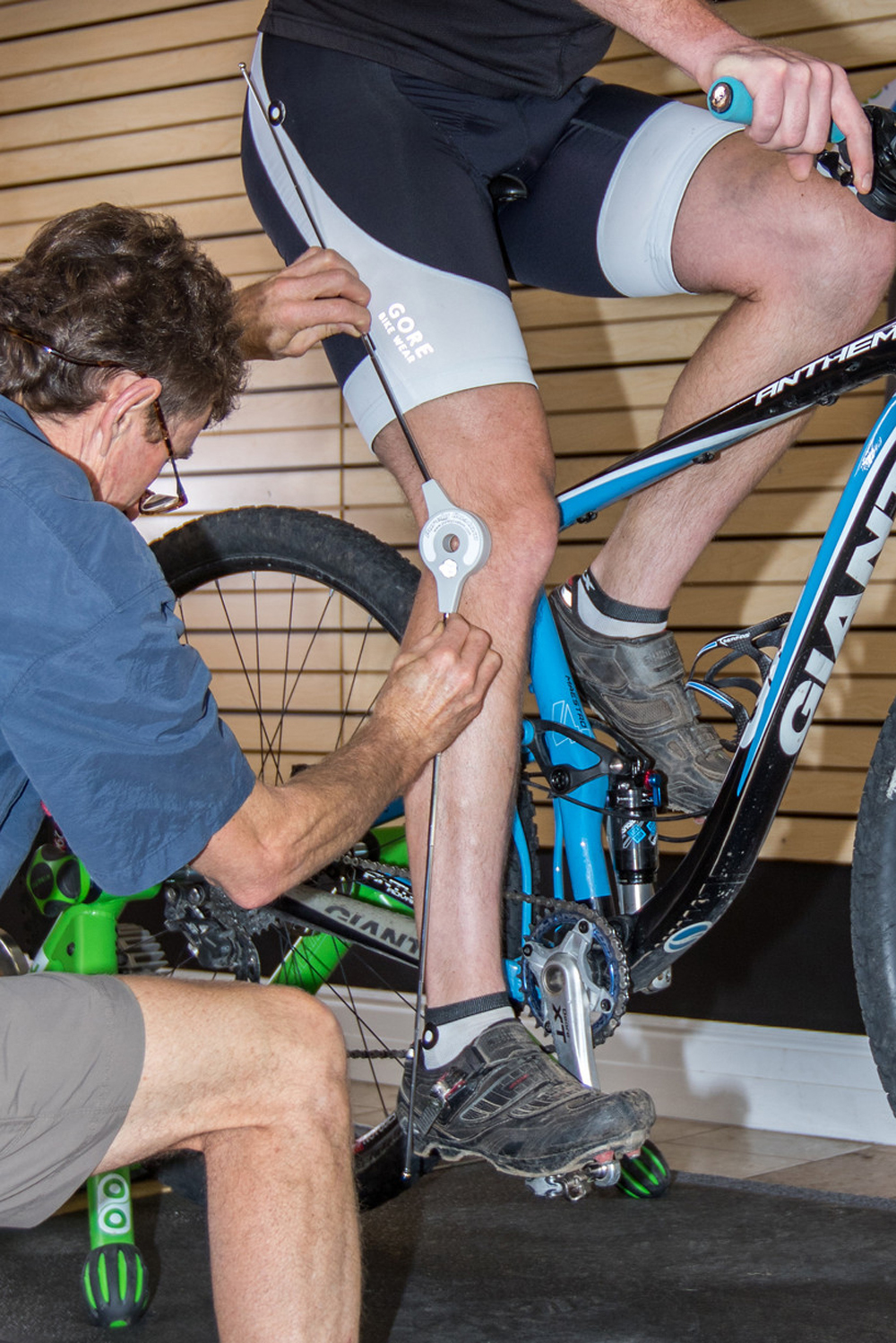
Overextending the Reach
One common mistake is overextending the reach, resulting in excessive strain on the arms, shoulders, and lower back. Overextending can lead to discomfort and fatigue during longer rides. To avoid this issue, ensure that the reach to the handlebars is comfortable and does not require you to overstretch. Adjust the handlebar height and stem length to find a comfortable and natural position. Regularly checking your reach and making necessary adjustments can help prevent this mistake. Therefore, avoiding overextending the reach is crucial for maintaining comfort and control.
Incorrect Saddle Angle
Another common mistake is having an incorrect saddle angle, causing discomfort and improper weight distribution. A saddle that is tilted too far forward can cause pressure on the hands and wrists, while a saddle tilted too far back can lead to pelvic discomfort. The optimal saddle angle is usually level or slightly tilted forward to ensure even weight distribution and comfort. Use a spirit level to check and adjust the saddle angle as needed. Regularly assessing and adjusting the saddle angle can help prevent discomfort and improve overall riding experience. Therefore, avoiding incorrect saddle angles is essential for a balanced and comfortable position.
Importance of Regular Adjustments and Professional Fitting
Achieving and maintaining the correct riding position requires regular adjustments and, in some cases, professional fitting. Understanding the importance of these practices ensures a consistent and effective cycling experience. Therefore, exploring regular adjustments and professional fitting highlights their value in achieving the ideal riding position.
Regular Adjustments
Regular adjustments are crucial for maintaining the correct riding position as factors such as fitness level, riding style, and bike components can change over time. Periodically reassessing and adjusting the saddle height, handlebar position, and other components helps ensure ongoing comfort and efficiency. Regular adjustments also allow you to address any emerging issues before they lead to discomfort or injury. Incorporating a routine of regular adjustments into your cycling practice ensures that your position remains optimal and effective. Therefore, regular adjustments play a vital role in maintaining the correct riding position.
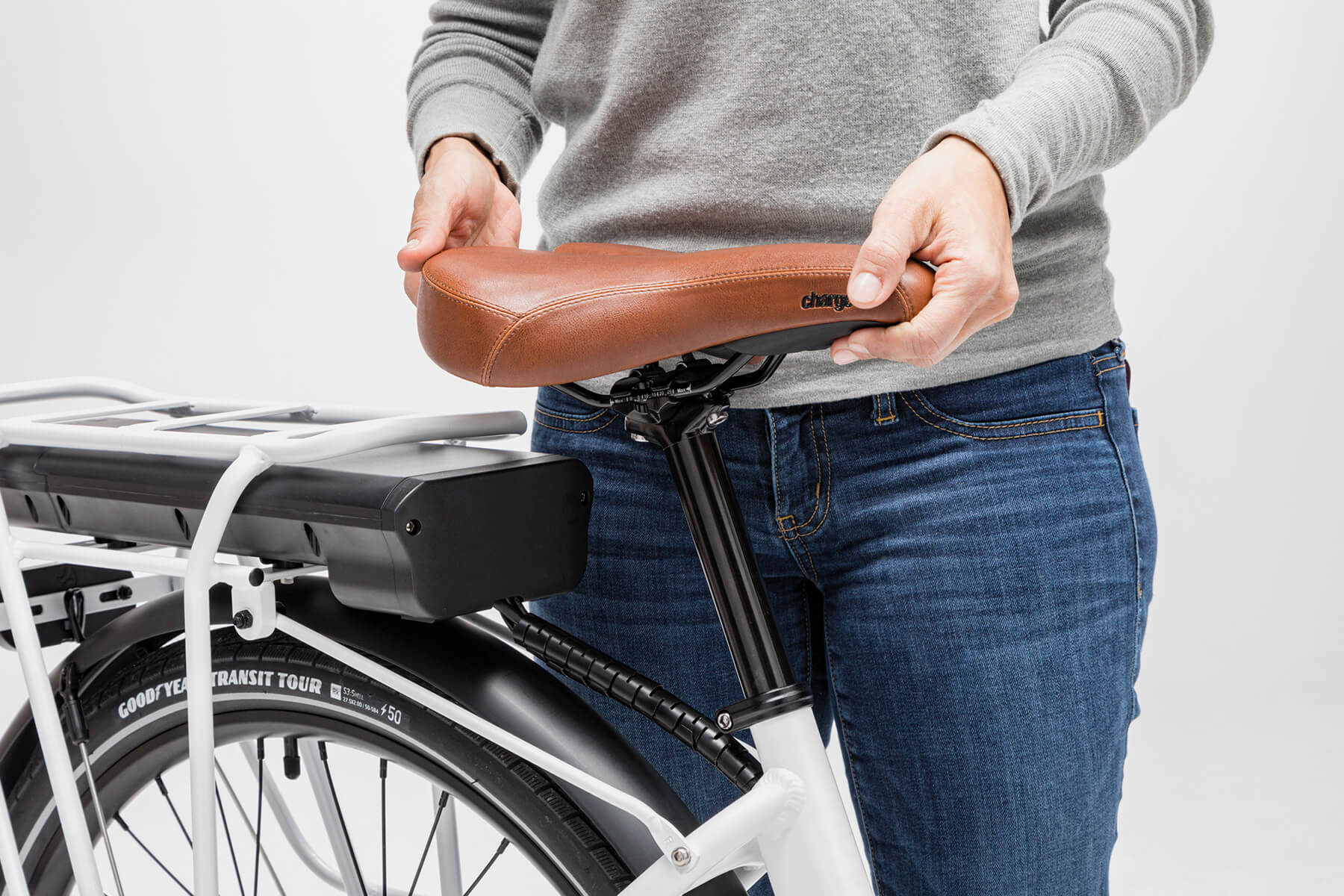
Professional Bike Fitting
For cyclists seeking the most accurate and personalized adjustments, a professional bike fitting is highly recommended. Bike fitting specialists use advanced tools and techniques to analyze your body geometry, riding style, and bike setup. They provide tailored recommendations for optimal adjustments, ensuring maximum comfort, efficiency, and performance. A professional fitting can address specific issues and provide insights that may not be evident through self-assessment. While professional fittings may require an investment, the benefits of an optimized riding position are well worth it. Therefore, considering a professional bike fitting ensures a precise and personalized approach to achieving the correct riding position.
Conclusion: Achieving the Ideal Bicycle Riding Position
The correct bicycle riding position is essential for enhancing comfort, efficiency, and performance while cycling. By understanding the importance of proper alignment and focusing on key components such as saddle height, handlebar position, and body posture, cyclists can achieve an optimal riding position. Avoiding common mistakes like overextending the reach and incorrect saddle angles further enhances the cycling experience.
Regular adjustments and professional fittings ensure that your riding position remains optimal and effective over time. By prioritizing comfort and efficiency, cyclists can enjoy longer, more enjoyable rides, and reduce the risk of discomfort or injury.
Therefore, taking the time to understand and implement these strategies ensures a better and more fulfilling cycling experience. Embrace these tips and techniques, and enjoy the countless benefits of achieving the ideal bicycle riding position. Happy cycling!
